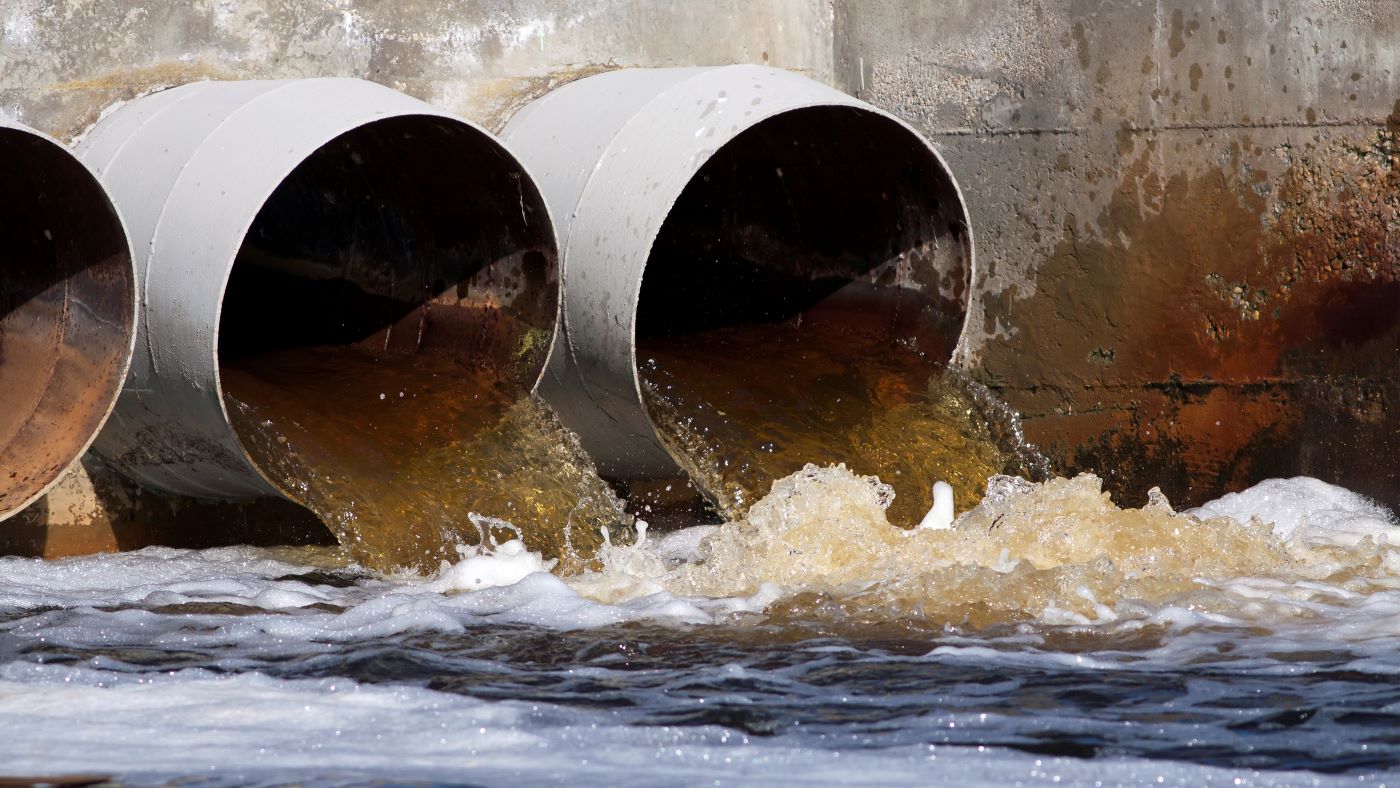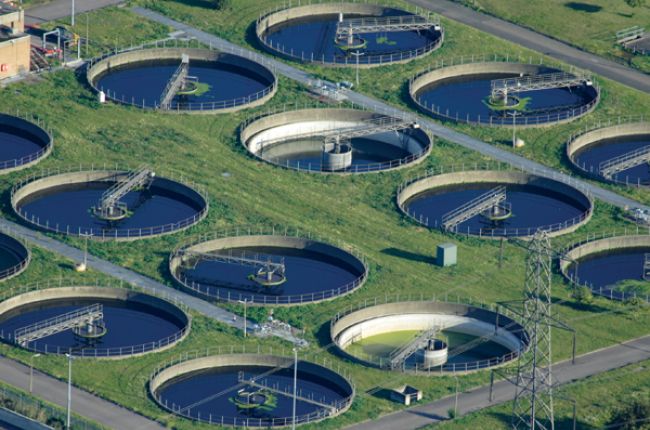Reliable Waste Water Treatment Equipments: Key Approaches and Advantages
Reliable Waste Water Treatment Equipments: Key Approaches and Advantages
Blog Article
Strategic Approaches to Boost Drainage Therapy Effectiveness and Minimize Environmental Effect
In the world of waste water therapy, the mission for improved effectiveness and minimized ecological impact is a continuous difficulty that demands tactical remedies. The combination of sophisticated therapy innovations, energy-efficient processes, source recovery methods, boosted nutrient removal methods, and smart tracking and control systems represents a multifaceted framework for addressing these pressing issues.
Advanced Therapy Technologies
Cutting-edge membrane layer filtration systems have actually reinvented sophisticated wastewater therapy procedures, considerably improving the elimination of pollutants. These innovative systems operate forcibly water with a semi-permeable membrane, properly separating impurities from the water stream. The membrane's microscopic pores trap pollutants such as microorganisms, viruses, and put on hold solids, permitting just cleansed water to pass through. This technology has actually proven to be extremely efficient in removing a variety of contaminants, including pharmaceuticals, hefty metals, and natural substances, which are commonly challenging to eliminate via typical therapy approaches.
Additionally, membrane layer filtration systems offer various advantages over traditional treatment approaches. They need less area, create higher-quality effluent, and are much more resistant to fluctuations in influent water quality. Additionally, these systems are very functional and can be easily incorporated right into existing therapy plants or utilized as standalone units for decentralized applications. As the demand for tidy water remains to rise, the fostering of advanced membrane layer purification technologies is vital to guarantee efficient and lasting wastewater treatment techniques.
Energy-Efficient Processes
The assimilation of energy-efficient procedures in wastewater treatment systems is crucial for enhancing source application and decreasing operational costs. One essential technique to boosting power efficiency in wastewater therapy is the application of innovative oygenation systems, such as fine bubble diffusers or surface aerators, which can boost oxygen transfer performance and reduce energy consumption.
Moreover, maximizing process control and automation with using innovative sensing units and keeping an eye on systems can boost overall power performance by readjusting procedures in real-time based on actual demand and conditions. Carrying out power audits and consistently keeping track of energy performance indicators are vital techniques to identify areas for enhancement and track energy-saving efforts properly. Overall, the adoption of energy-efficient processes in wastewater treatment not only benefits the environment but also adds to long-term price financial savings and functional sustainability.
Source Healing Methods
With a concentrate on enhancing resource usage and sustainability in wastewater treatment systems, the implementation of source healing techniques becomes a critical element in boosting functional performance. Resource healing techniques in wastewater treatment entail the identification and extraction of beneficial sources from the waste stream, consequently turning what was as soon as considered waste into a useful property. By executing resource recovery strategies such as nutrient elimination and recovery, power generation from raw material, and the production of reusable water, wastewater therapy plants can reduce ecological impact while making the most of effectiveness.

Improved Nutrient Removal Techniques
Implementing advanced nutrient removal techniques is important for optimizing the efficiency of wastewater therapy systems. Improved nutrient removal plays an essential role in decreasing the ecological effect of treated effluent released right into water bodies. One of the key techniques made use of for boosted nutrient elimination is the procedure of organic nutrient elimination (BNR), which entails the elimination of nitrogen and phosphorus through organic processes. This can be achieved with the usage of specialized bacteria that can transform nitrogen compounds right into inert nitrogen gas through denitrification, and accumulate phosphorus within their cells via a process called boosted biological phosphorus elimination (EBPR)

In enhancement to BNR, advanced therapy approaches such as membrane layer bioreactors (MBRs) and created marshes can additionally be used to enhance nutrient elimination effectiveness. MBRs make use of membranes to attain top notch effluent standards by effectively eliminating nutrients and put on hold solids. Created marshes mimic all-natural wetland processes to eliminate nutrients via plant uptake, microbial task, and sedimentation. By including these innovative nutrient elimination methods right into wastewater therapy sectors, towns and systems can properly reduce nutrient air pollution and shield the setting.
Smart Monitoring and Control Equipment
Using innovative modern technology, the combination of wise tracking and control systems transforms the operational performance of wastewater treatment facilities. These systems include innovative sensors and data analytics to continually keep an eye on essential criteria such as pH degrees, turbidity, dissolved oxygen, and circulation rates in real-time. By collecting and assessing this data, drivers can gain valuable understandings into the efficiency of the treatment procedures, making it possible for proactive changes to enhance therapy effectiveness.
Smart surveillance and control systems also support remote surveillance abilities, permitting operators to access real-time data and control pop over to these guys features from off-site areas. This remote availability improves functional flexibility and responsiveness, allowing swift interventions in instance of system breakdowns or variations in influent top quality. The predictive upkeep abilities of these systems assist protect against equipment failures and find more information lessen downtime, inevitably improving the general integrity of wastewater therapy operations.
Conclusion
To conclude, critical approaches such as sophisticated therapy technologies, energy-efficient procedures, source recuperation techniques, enhanced nutrient removal techniques, and wise tracking and control systems play a crucial function in boosting wastewater therapy efficiency and minimizing environmental effect. By carrying out these strategies, wastewater therapy plants can boost their total efficiency, lower energy consumption, recuperate useful resources, and make sure conformity with environmental guidelines. These strategies are essential for sustainable and efficient wastewater administration methods.

In conclusion, calculated methods such as sophisticated treatment technologies, energy-efficient processes, source recovery methods, improved nutrient elimination methods, and wise tracking and control systems play a vital function in enhancing wastewater treatment performance and minimizing ecological effect.
Report this page